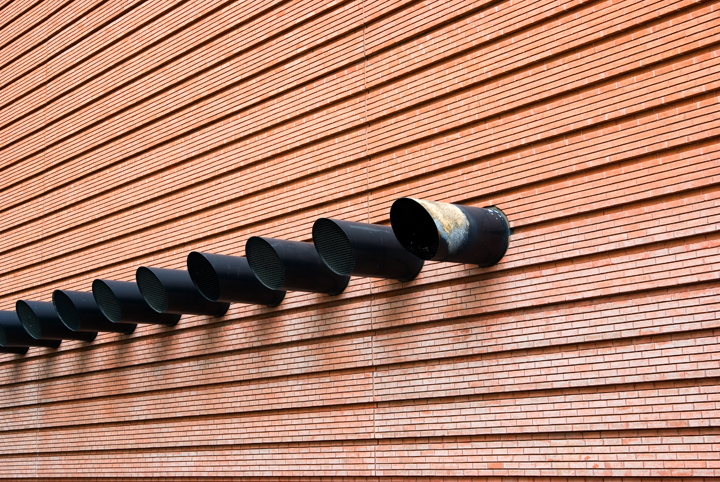Why Office Rents are Surging in these East Bay Cities
Source: San Francisco Business Times
Reporter: Roland Li
Date Posted: June 30, 2015
Rents are rising in the East Bay office submarket along the northern I-680 highway corridor as local companies expand, despite still-high vacancy rates and limited migration from companies outside the area, according to brokerage Newmark Cornish & Carey.
The submarket, which includes Concord, Walnut Creek and Pleasant Hill, has seen rents increase in some areas by as much as 30 percent, said Tom Fehr, executive vice president and regional manager of Newmark Cornish & Carey. Rents range from $48 per square foot in Class A space in Walnut Creek near the BART station to $24 per square foot in less desirable space in Concord, he said.
The vacancy rate in the submarket of roughly 10 million square feet remains high at 15.3 percent, but it is down from 16.7 percent at the beginning of the year, according to Newmark Cornish & Carey data. Concord has improved to 17.8 percent vacancy, from 20.4 percent at the start of the year.
“What is driving it is organic growth within our market,” said Fehr. “These tenants are not, for the most part, tech companies. The tech companies are staying in San Francisco.”
The northern I-680 submarket is still rebounding from the 2008 recession, when a swath of businesses related to home buying closed, including mortgage bankers, insurers and homebuilders. “We got hit pretty hard. Our recovery’s been much slower,” said Fehr.
Part of the market’s appeal is its proximity to more affordable housing in the East Bay. Workers also typically encounter lighter traffic when driving northeast, in contrast to crossing the Bay Bridge into San Francisco, said Fehr.
Newmark is now fielding more inquiries on space from companies considering a relocation from Oakland or San Francisco. “We’ve been waiting for the spillover to happen probably since the second quarter of 2013,” said Fehr.
Rents aren’t near the $60 per square foot that would justify new construction of office space, and the vacancy rate in the area further discourages any new construction. But if the submarket is able to continue the current momentum to lure more tenants, the area may see its biggest recovery since the recession.
“It’s the first time since 2010 that we’ve had a really dynamic six-month period,” said Fehr.
Link to Article: EAST BAY OFFICE RENTS










